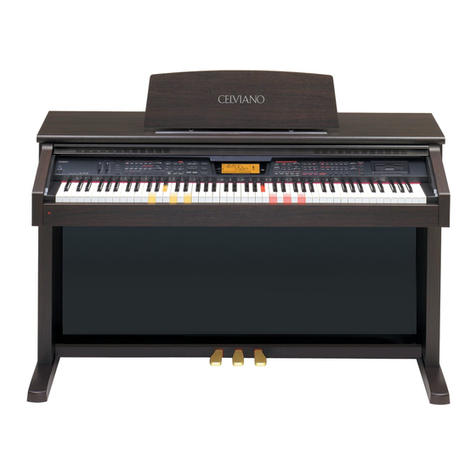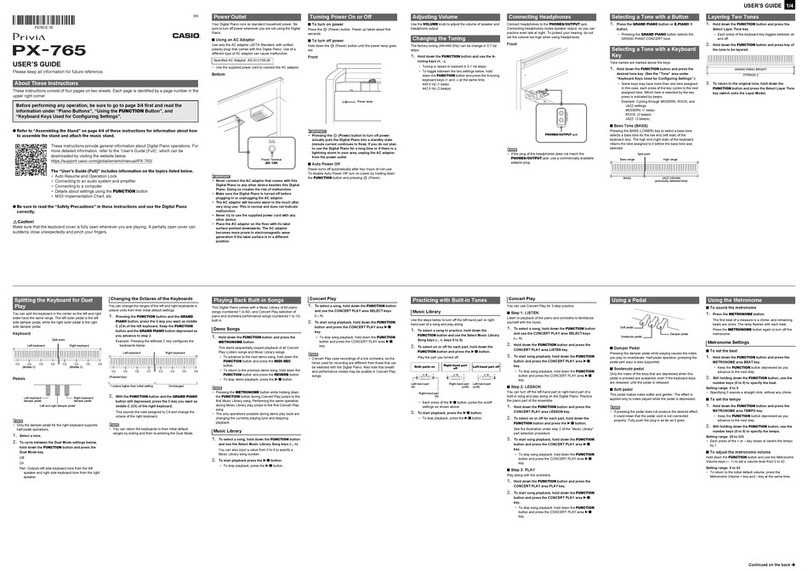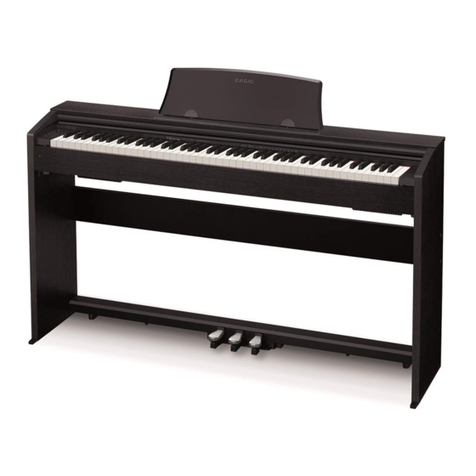Casio Piano Sound CPS-50 User manual
Other Casio Musical Instrument manuals
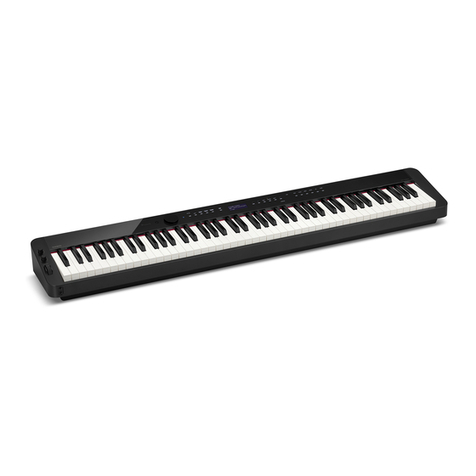
Casio
Casio Privia PX-S3000 User manual
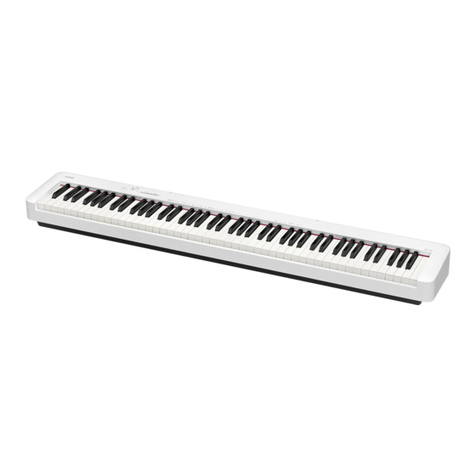
Casio
Casio CDP-S110 User manual
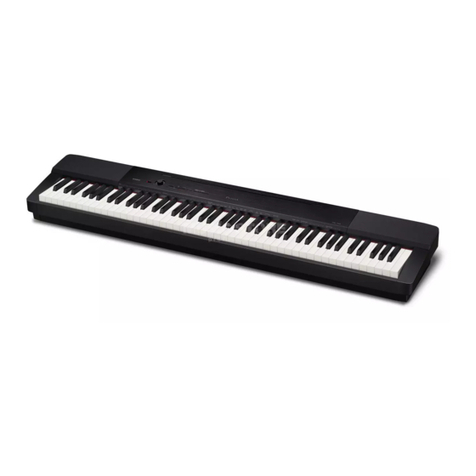
Casio
Casio Privia PX-150 User manual
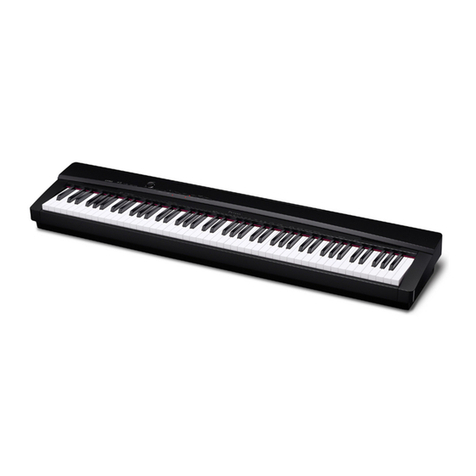
Casio
Casio PRIVIA PX-135 User manual
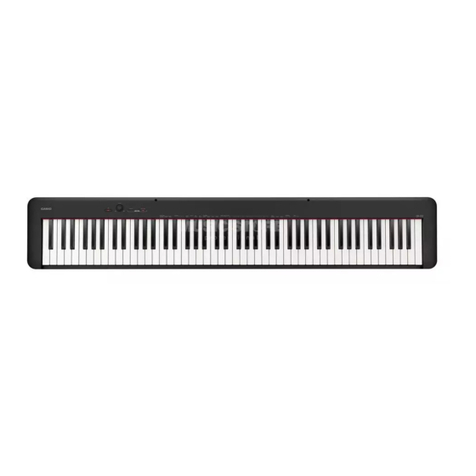
Casio
Casio CDPS-100 User manual
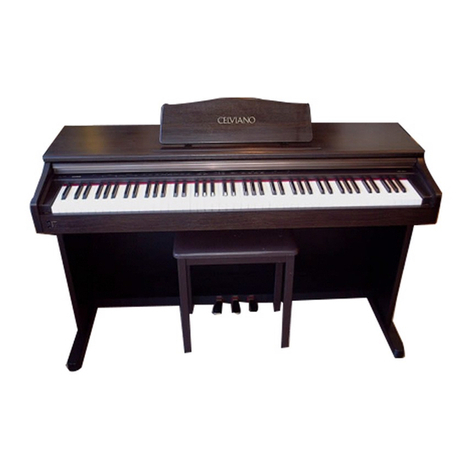
Casio
Casio AP-20 User manual

Casio
Casio WK-200 User manual

Casio
Casio Celviano AP-250 User manual
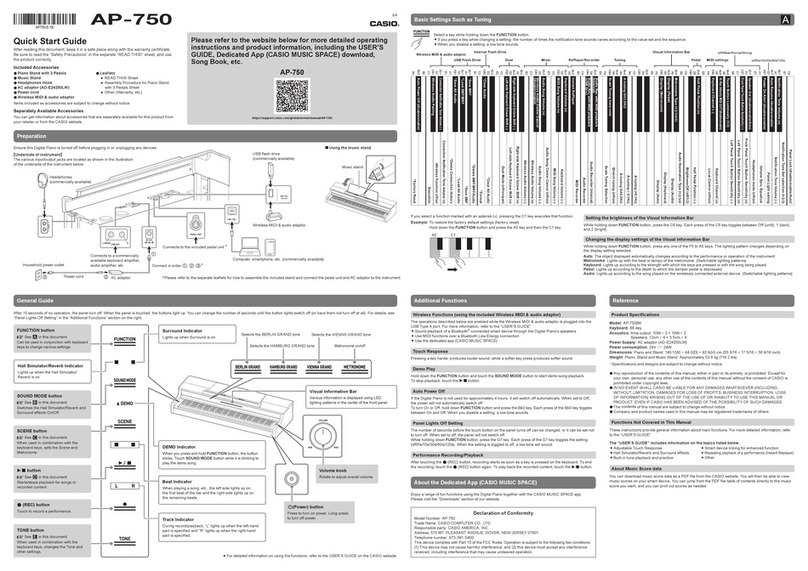
Casio
Casio AP-750 User manual

Casio
Casio CDP-240R User manual
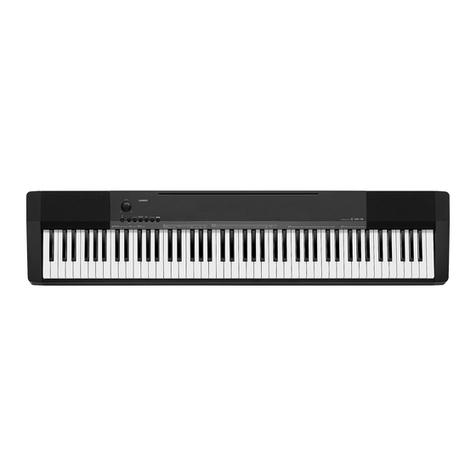
Casio
Casio CDP-135 User manual
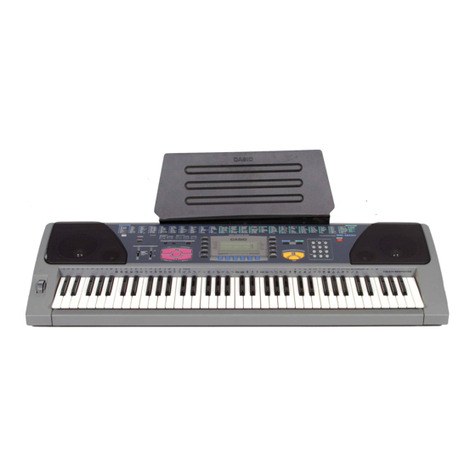
Casio
Casio WK-1200 User manual

Casio
Casio Tone Bank CA-110 User manual
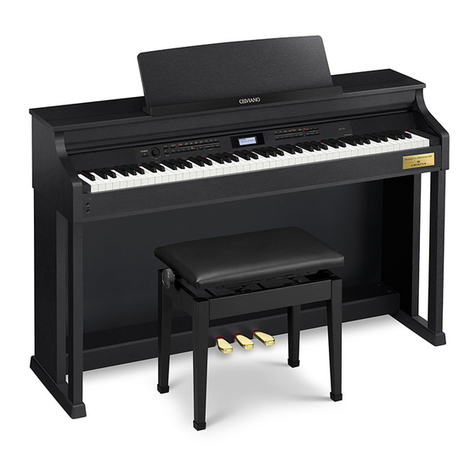
Casio
Casio AP-710 User manual
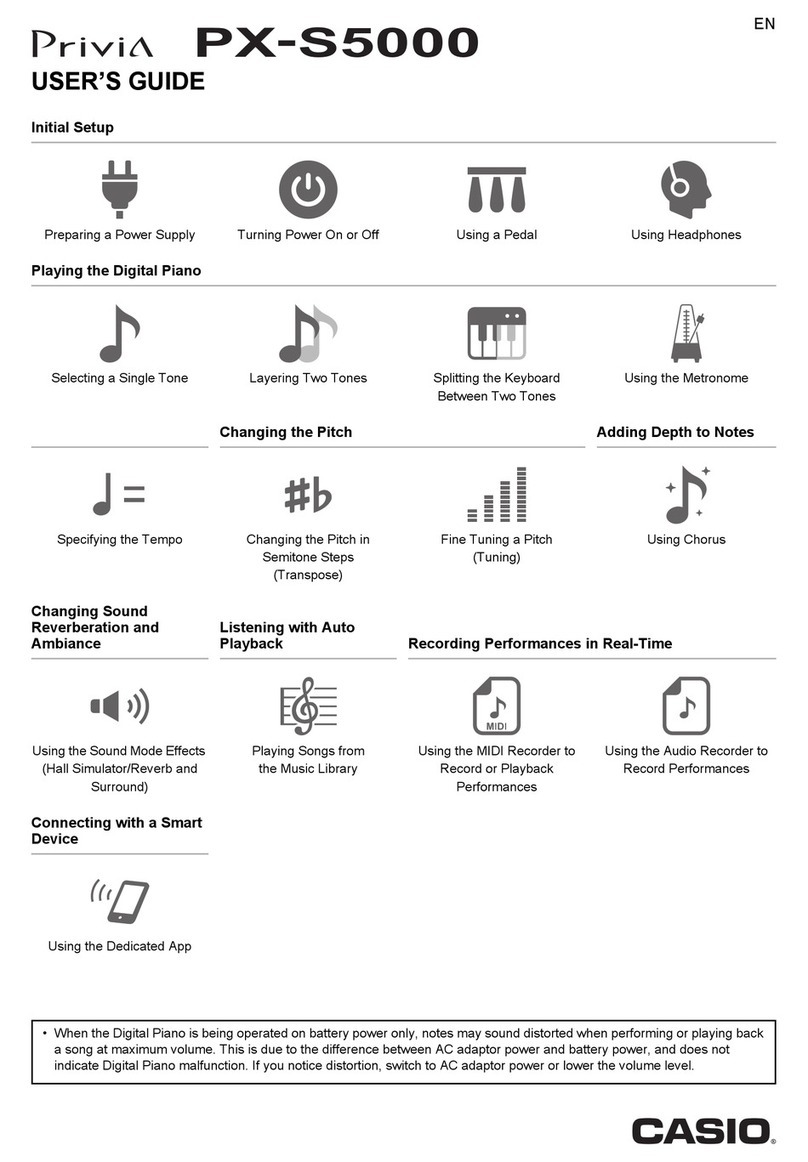
Casio
Casio PX-S5000 User manual

Casio
Casio Casiotone CT-S195 User manual
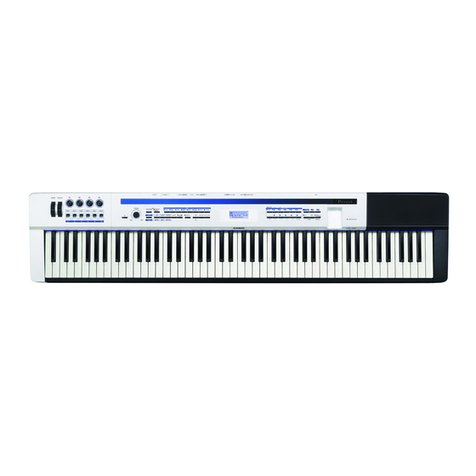
Casio
Casio Privia PX-5S User manual
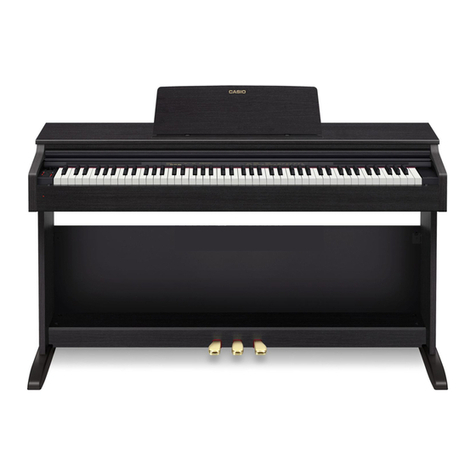
Casio
Casio CELVIANO AP-270 User manual
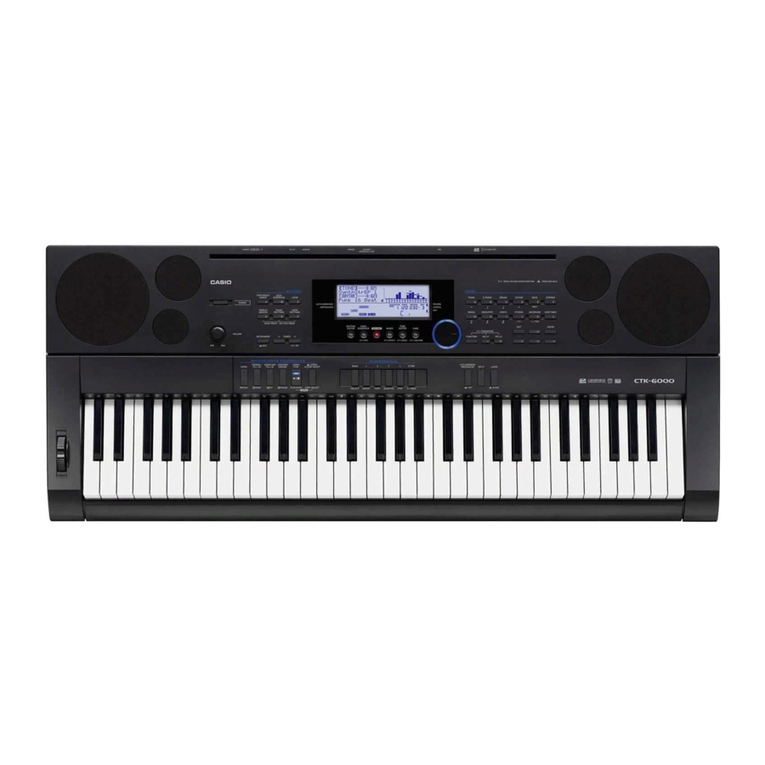
Casio
Casio CTK6000 User manual
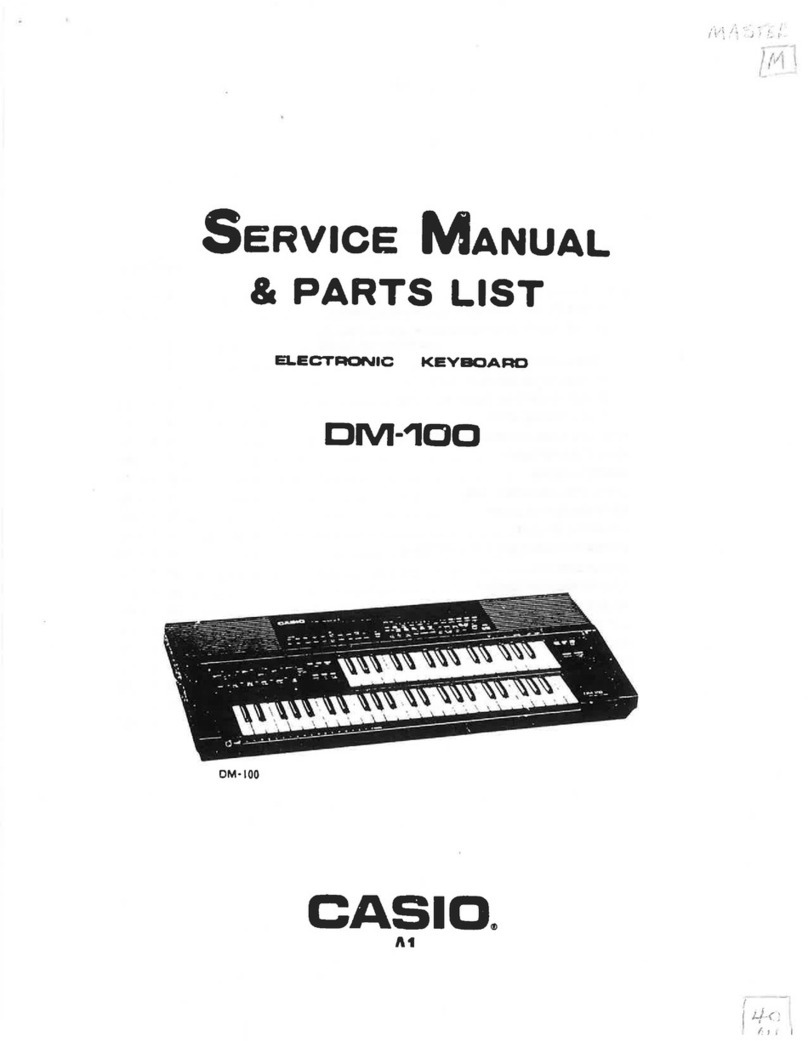
Casio
Casio DM-100 User manual
